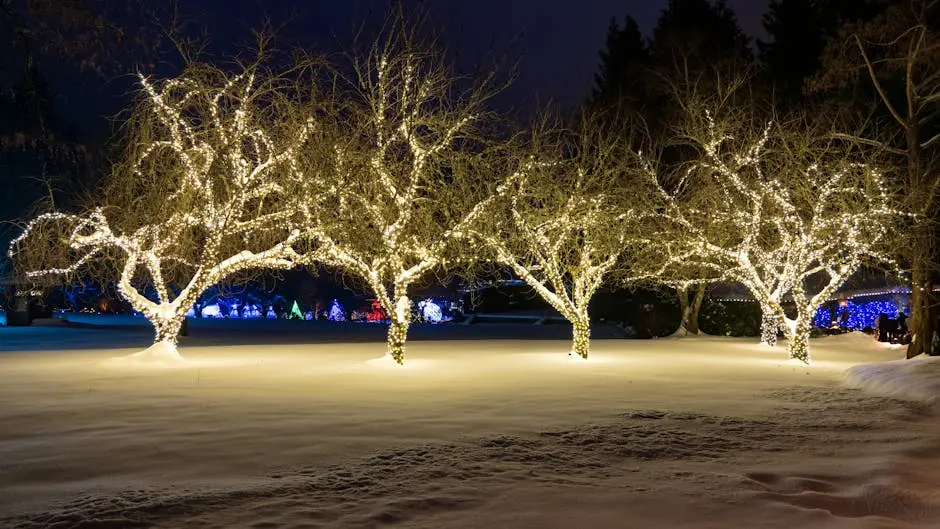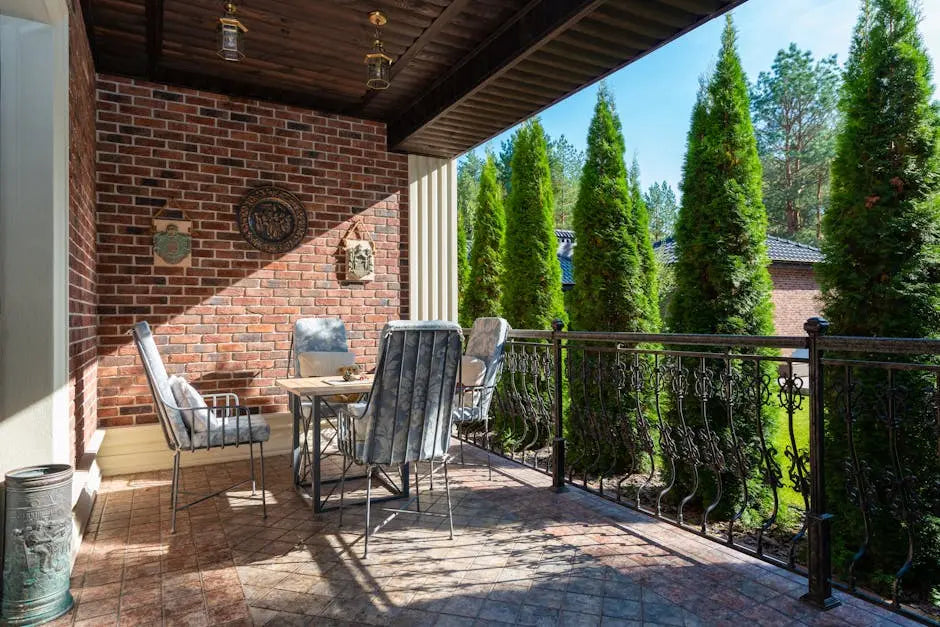
Choosing the Best Outdoor Lighting for Your Garden

Creating the perfect ambiance in your garden with outdoor lighting isn’t just about choosing the most beautiful fixtures. It’s about finding the right balance between functionality and aesthetics. In this blog, we will explore various aspects of outdoor lighting to help you make an informed decision for your garden.
Understanding the Purpose of Outdoor Lighting
Before you start shopping for garden lights, it’s essential to understand the different purposes of outdoor lighting. Whether it’s for safety, security, or decoration, identifying the primary goal will guide your choices. For example, pathway lights enhance safety, while decorative lights add a charming touch to your landscape. These goals will determine not only the type of lights you need but also their placement and intensity.
For gardens that require heightened security, motion sensor lights are an excellent choice. They automatically illuminate when motion is detected, discouraging intruders from entering your property. Meanwhile, ambient lighting, such as string lights and lanterns, is perfect for setting a cozy, inviting atmosphere. When you know the purpose of the lighting, you can better strategize its placement to achieve the desired effect.
Types of Outdoor Lighting
There are several types of outdoor lighting to consider. Spotlights, floodlights, pathway lights, and string lights each serve a different function. Spotlights are used to highlight specific features of your garden, like a beautiful tree or sculpture, by creating focused beams. Floodlights are ideal for providing broad, intense light over large areas for security purposes.
Pathway lights come in many designs and are mainly used to illuminate walkways and prevent tripping hazards during nighttime strolls. Decorative options like string lights can create a whimsical or romantic ambiance. Knowing the strengths of each type of light can help you mix and match to serve multiple purposes in your garden. To dive deeper into various lighting ideas, check out 6 Best Outdoor Lighting Ideas to Illuminate Your Outdoor Space.
Additionally, don’t forget about wall-mounted lights and in-ground fixtures. Wall-mounted lights are often used for entrances and around the house’s exterior to provide general lighting and enhance safety. In-ground fixtures are discreet and ideal for subtly illuminating garden beds or pathways. Each type has its specific benefits, and incorporating a mix of them can result in a well-lit, functional, and attractive garden.
Choosing Energy-Efficient Lighting Options
Energy efficiency is a crucial aspect when selecting outdoor lighting. LED lights and solar-powered lights are popular choices due to their longevity and low energy consumption. Modern LED lights consume significantly less power and can last much longer than traditional incandescent bulbs. Additionally, they produce less heat, making them safer to use in various settings.
Solar-powered lights are an even more eco-friendly option. They harness the sun’s energy during the day and illuminate your garden at night. Not only do they reduce your carbon footprint, but they also save money on electricity bills. However, they need adequate sunlight to recharge, so they may not be suitable for all regions. For a comprehensive guide to energy-efficient lighting options, visit 10 Great Outdoor Lighting Ideas for Your Backyard.
Combining both LED and solar options can provide a sustainable, efficient lighting solution. For instance, using solar lights for decorative purposes and LED lights for essential lighting like security can help balance aesthetics and practicality. Always look for energy-efficient ratings and certifications when purchasing your lights to ensure they meet the required standards.
Matching Lighting Styles to Your Garden Design
The style of your lights should complement the overall design of your garden. Modern gardens often look best with sleek, minimalist lights that complement their contemporary design. Think about using stainless steel fixtures or geometric designs that match the clean lines and simple forms of your garden layout.
On the other hand, if you have a traditional or rustic garden, vintage lanterns or ornate lamp posts can add a touch of old-world charm. Finding lights that match your garden’s aesthetic will enhance the visual unity and make your outdoor space more inviting. Remember, the goal is to create a cohesive look that ties your garden elements together seamlessly.
As you choose lighting styles, also think about color temperature. Warmer lights (2700K-3000K) emit a yellow glow that can make spaces feel cozy and intimate, ideal for sitting areas or patios. Cooler lights (4000K-5000K) provide a brighter, more energetic feel, appropriate for security lighting or workspaces. Blending these temperatures in different garden zones can create a dynamic and appealing environment.
Strategic Placement of Lights
Where you place your lights is just as important as the lights themselves. Strategic placement can highlight key features of your garden, create pathways, and provide adequate lighting for areas where guests will gather. For example, using uplighting on trees and larger shrubs can create dramatic shadows and showcase their beauty.
Similarly, placing lights along a pathway not only illuminates the path but also adds a decorative element. Seating areas should be well-lit but not overly bright, as harsh light can be uncomfortable. Soft lighting options like string lights or lanterns can create a warm and welcoming atmosphere in these spots. For a range of ideas, consider checking this guide on illuminating outdoor spaces.
Low-voltage landscape lighting offers versatility in placement without excessive wiring concerns, making it easier to adjust as your garden grows and changes. Also, make use of zoning principles—light different garden zones differently according to their use. For instance, your dining area might need more focused lighting compared to a meditation corner that benefits from softer, diffused light.
Maintenance and Durability of Outdoor Lighting
Durability is a key factor for outdoor lighting, as they need to withstand various weather conditions. Look for lights made from weather-resistant materials and consider the maintenance required to keep them in good condition. Stainless steel, aluminum, and durable plastics are good choices for long-lasting outdoor lights.
Regular cleaning and occasional bulb replacements can ensure they last longer. Opt for fixtures with replaceable parts so that you don’t have to replace the entire unit if something breaks. Moreover, consider installing a timer or smart control system to automate your lighting, thus extending their lifespan and saving energy.
It’s also worthwhile to explore warranties and customer reviews before making a purchase. High-quality outdoor lights often come with extended warranties, providing peace of mind and protection for your investment. Maintenance doesn’t have to be overwhelming—regular check-ups and minimal adjustments can keep your garden brilliantly lit throughout the year.
Lighting Up Your Garden: Final Thoughts
Selecting the right outdoor lighting for your garden can dramatically enhance its beauty and functionality. By considering factors such as the purpose of the lighting, energy efficiency, styles, and placement, you can create a stunning and inviting outdoor space. With these tips in mind, you’re well on your way to illuminating your garden in the best possible way.






